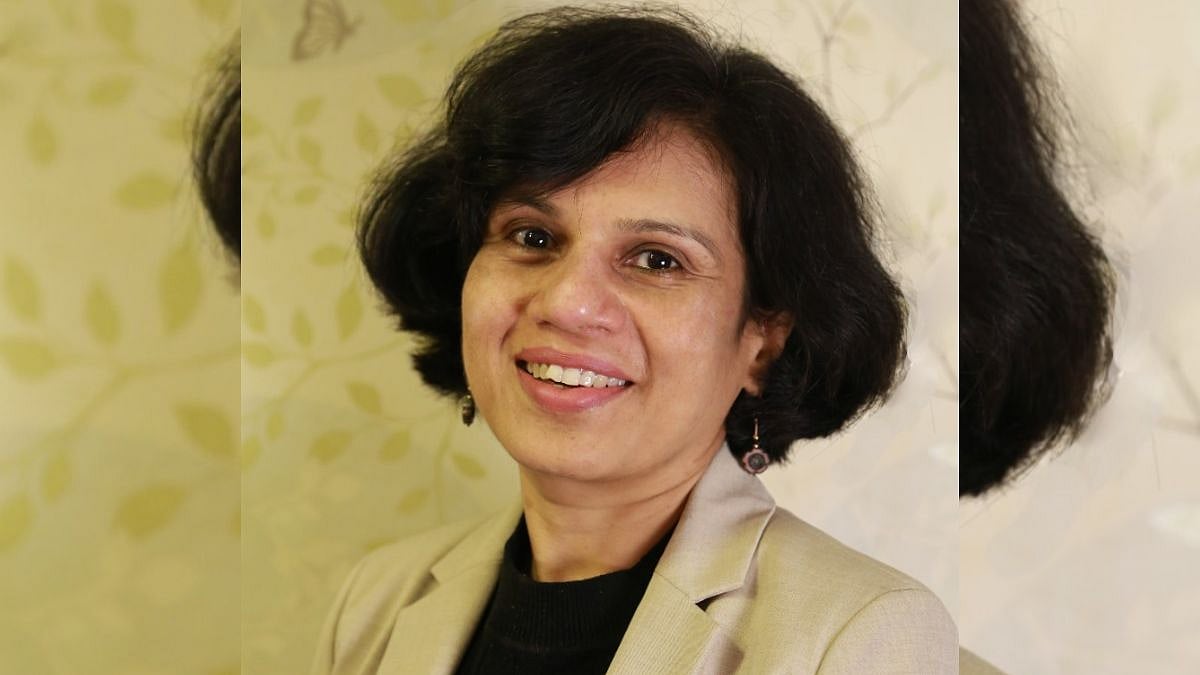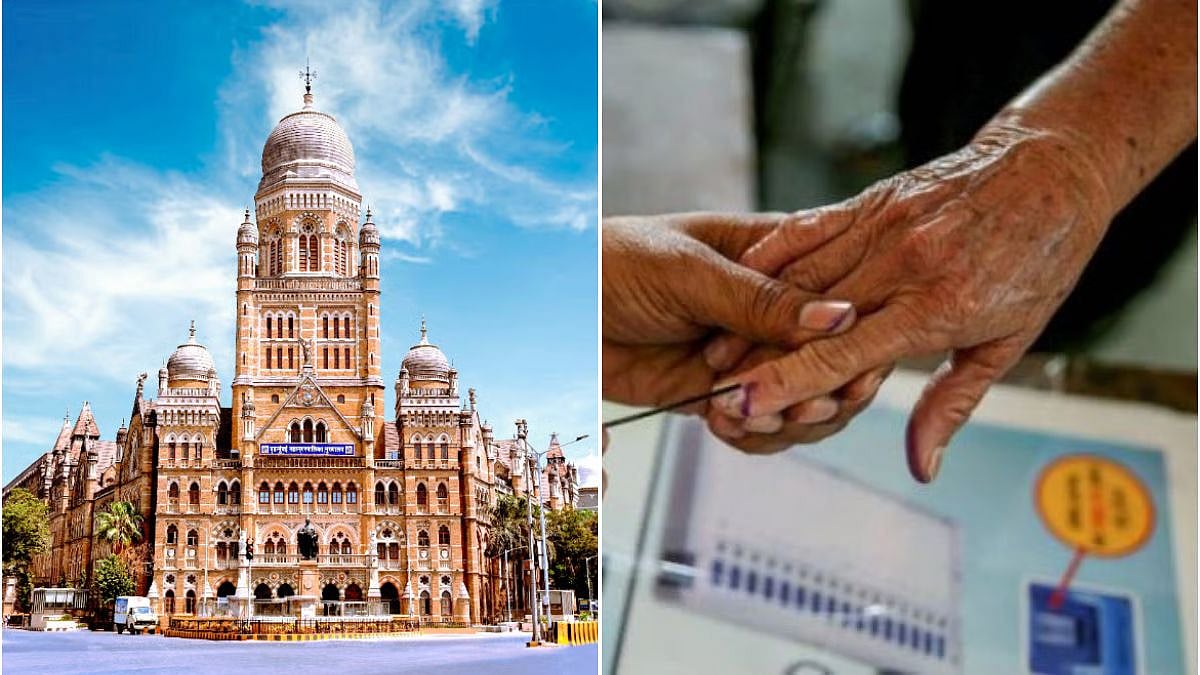Unemployment rates have risen significantly in South Asia, where women have traditionally faced massive obstacles in securing gainful employment. In the aftermath of Covid-19 pandemic, the hurdles in securing reasonable employment for women have become more pronounced. Consequently, sustained policy interventions are required to ensure progress in women’s literacy and employment, as well as to realise the potential of demographic dividend amongst the people in South Asia.
The employment opportunities for women in South Asia are governed by complexities of cultural, social and economic factors. Despite progress in recent years, women and youth still face significant barriers in securing employment and sustaining it.
The international labour Organisation (ILO) defines the unemployment rate as the number of people without paid work as a percentage of the total labour force that is, the ratio of employed versus the total people who are employable. The unemployed are defined as people of working age without any paid work that is, those not in any sort of paid employment or self employment.
Even before the pandemic, women’s access to reasonable employment was restricted, specially in countries like Afghanistan, Pakistan and Bangladesh, where cultural norms and religious beliefs often hinder women’s opportunities to secure gainful employment outside the home. Owing to cultural and social norms, women are compelled to offer unpaid labour services primarily in the form of homemaking or childcare.
The fundamental reason for the aforesaid restricted opportunities is the disdainful attitude towards female education governed by societal or cultural norms. Ironically, in these societies skill development is primarily perceived as an investment in improving young women’s marital prospects, which defeats the very purpose of skill development for economic gain. Women in the region often face discrimination in the workplace, including discriminatory pay structure, limited opportunities for promotion and even takes the form of despicable sexual harassment. A significant impediment to female emancipation is prevalent ender-based violence (GBV) across the region.
World Bank in a study in 2020, estimated that two out of every five women in South Asia experience some form of gender based violence. South Asia has also witnessed one of the lowest rates of Female Labour Force Participation (FLFP) in the world. The average FLFP in countries like India, Bangladesh, Pakistan, Sri Lanka, Bhutan and Nepal stands at abysmal, 23.6%. A startling exception to this case is that of China, where the literacy rate of women is over 95% and workforce participation rate is astounding 61%. Women in South Asia are three times less likely to be employed in full-time jobs than men, notable exception being Nepal. In India FLFP has been declining over the past decade and has more sharply decelerated post Covid-19. Recent studies suggest that post-pandemic, India’s female labour force participation rate, FLFP has plummeted to a record low of 15.5% in 2021.
Moreover, curtailed, financial independence, and low literacy limits women’s access to credit and finance, thus hindering their ability to run steady, small scale business. In this context, inadequate critical infrastructure, a prerequisite for mobile technologies across rural areas in the region, proves as a significant barrier to women’s participation in the labour force.
Impact of COVID-19 on service sector employment
Barring few exceptions, the disease management and public health response to Covid-19 in the South Asian region, primarily consisted of restrictive measures such as prohibiting mass movement and gatherings, restricting travel, instituting mandatory quarantine for all inbound travellers and closing all non-essential services. The South Asian countries, dependent on tourism, trade in essential goods and services and migrant labour witnessed an accentuated downturn in economy. The resultant supply chain disruptions and economic recession, stoked unemployment, halted economic growth and nullified achievements in reduction of poverty.
The restrictions in public movement resulted in widespread job losses in most countries. A remarkable observation suggests that while women make up 39% of global employment, they accounted for 54% of overall job losses. It is evident that female job loss rates, owing to COVID-19 were about 1.8 times higher than corresponding male job loss rates. The travesty of disproportionately higher job losses amongst women has adversely affected women who are often employed in low skilled and low wage jobs, more vulnerable to economic decline.
Adverse effect on employment and poverty reduction
In the last decade, poverty reduction had seen significant progress. However, the decade long progress faltered during the Covid-19 crisis. Despite a minor recovery during 2021, the continuous shortage of better job opportunities is likely to worsen in the near future.
The prevalent slowdown in economy implies that several workers would accept lower quality jobs, lower salaries, and face scarcity of gainful employment. Furthermore, as the rate of rise in prices far exceeds labour incomes, the spiralling cost of living is likely to push people into the quagmire of property. Consequently, in the aftermath of Covid-19 crisis, the decline in income is significant and has affected the quality of life in the region.
It is estimated that more than 62 million workers lost employment in the Asia-Pacific region in 2020 due to the Covid-19 crisis. Ironically, more than 75% of workers who lost their jobs, that is 48 million workers, relinquished the labour force, and were not looking for job opportunities, indicating that they had become disinterested, and inactive, leading to depression and other psychological problems. The global jobs gap or shortage stood at an astounding 473 million in 2022, a significant 33 million above the level in 2019.
Globally, the labour force participation rate of women stood at 47.4% in 2022, which is far less than 72.3% achieved for men. The significant gap in FLFP for women implied that for every economically inactive man, there were two such women (ILO)². Women and youth were found to be most vulnerable with respect to job losses compared to male counterparts.
The pandemic has demonstrated the extreme fragile control that women and youth have on the labour market as the already vulnerable groups exit the labour force and face uphill challenges to return to work, pre-existing inequalities, are highly enhanced.
The Covid-19 pandemic has also emphasised the need for more flexible work arrangements, such as remote work, work from home et cetera, which can help women reconcile their work and household responsibilities. However, several women in South Asia do not have access to such arrangements, and continue to struggle to balance work and family responsibilities. Undoubtedly, the women’s participation in workforce has significantly declined as a result of the pandemic.
Need for policy intervention
It is pertinent to note that as per estimates of International Financial Corporation in 2018, around USD 770 billion can be added to India’s GDP and USD 30 billion can be accrued to Bangladesh GDP by achieving gender parity. The incentive for attaining gender parity specially in South Asia is significant and can lead to rapid economic development. Policymakers need to imbibe the lessons from the collective experience of the pandemic and provide structural support to women to ensure decent, reasonable and long-term employment for them. There is a strong case for policy intervention through skill development. It is the need of the hour that employment for women receives a shot in the arm by policymakers by creation of platforms like employment, bureaus, credit schemes for self employment, social programmes for child welfare, which would allow women to offer employment beyond their household duties and create a non-discriminatory, facilitatory environment to incentivise employment for women.









